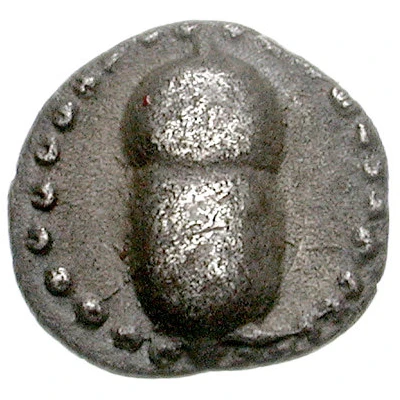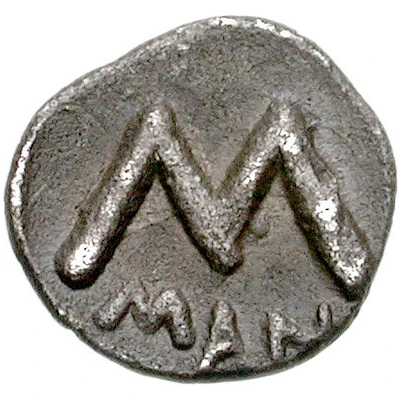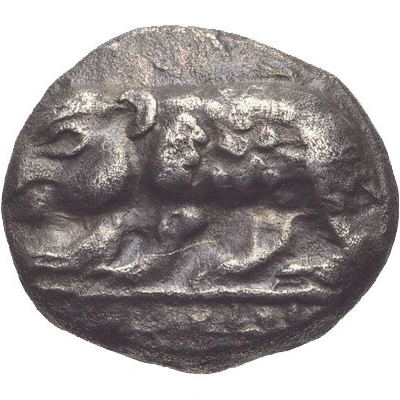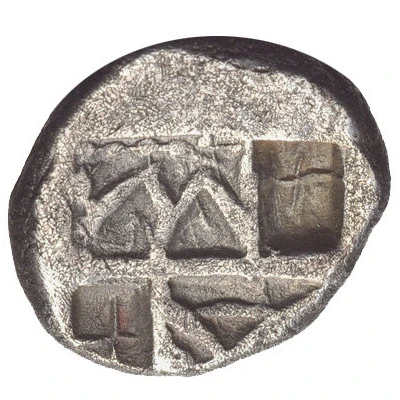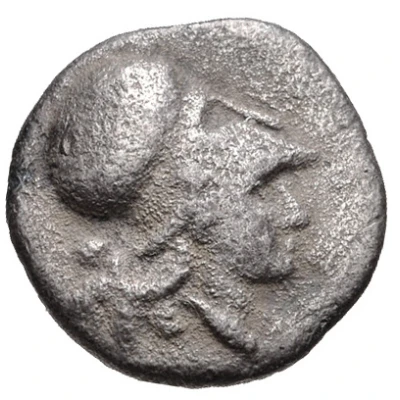
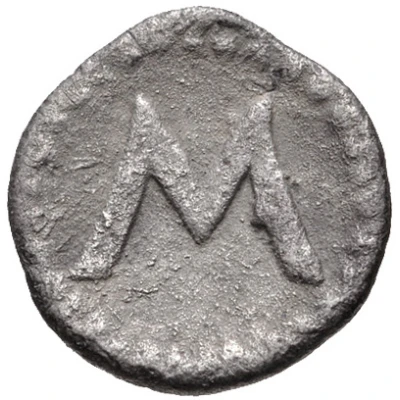

© Classical Numismatic Group, Inc.
Obol 340 BC - 320 BC
| Silver | 0.63 g | 12.0 mm |
| Issuer | Mantinea (Arkadia) |
|---|---|
| Type | Standard circulation coin |
| Years | 340 BC - 320 BC |
| Value | Obol (⅙) |
| Currency | Drachm |
| Composition | Silver |
| Weight | 0.63 g |
| Diameter | 12.0 mm |
| Shape | Round (irregular) |
| Technique | Hammered |
| Demonetized | Yes |
| Updated | 2024-10-10 |
| Numista | N#144671 |
|---|---|
| Rarity index | 100% |
Reverse
M within beaded circle
Script: Greek
Interesting fact
The Obol coin from Mantinea (Arkadia) was used as a form of currency in ancient Greece, specifically in the 4th century BC. It's interesting to note that the name "Obol" comes from the Greek word "obolos," which means "a small coin" or "a piece of metal." This coin was made of silver and weighed approximately 0.63 grams, which is relatively small compared to modern-day coins. Despite its size, the Obol played an important role in the ancient Greek economy, as it was widely used for everyday transactions and was considered a standard unit of exchange.
